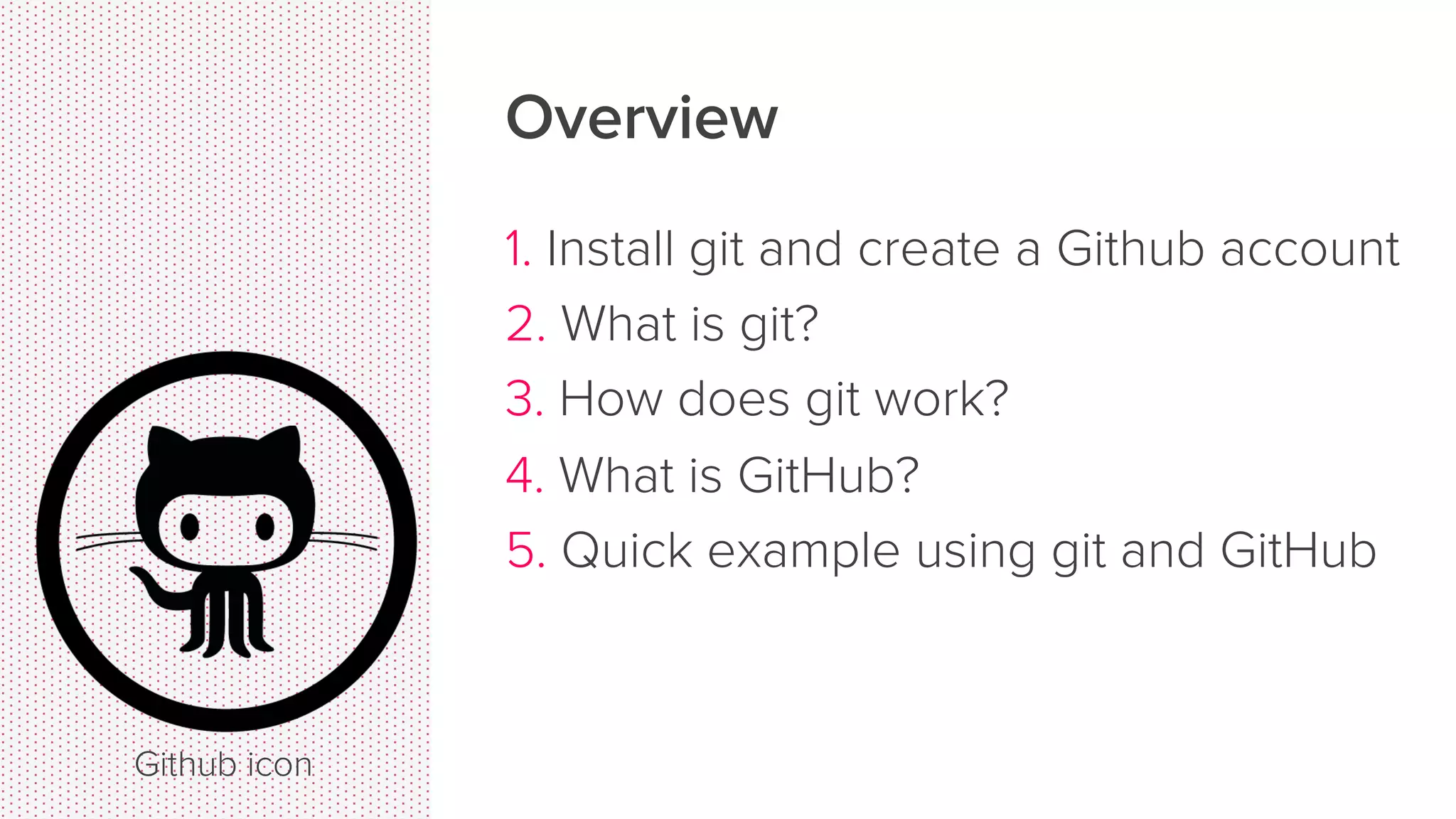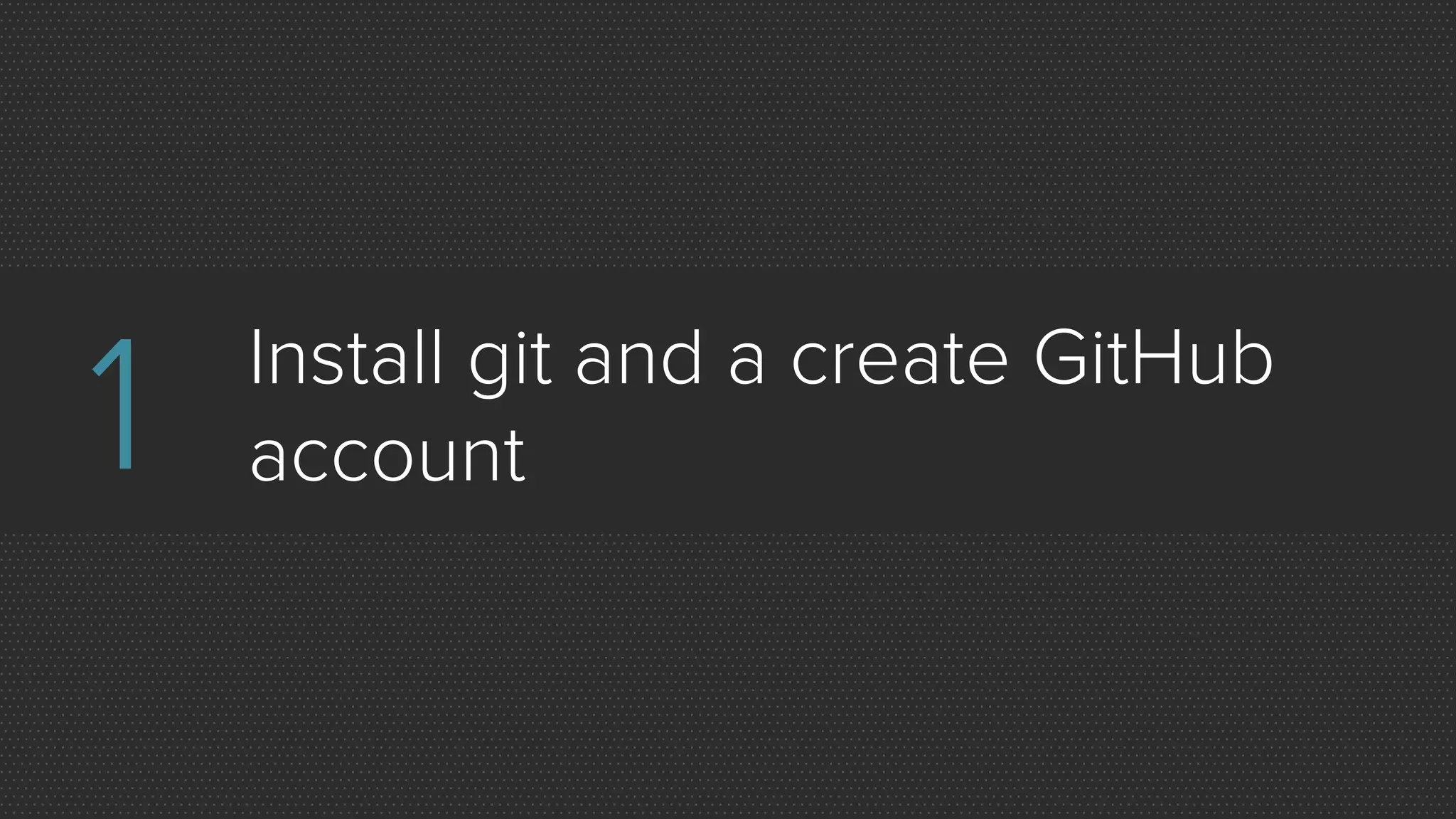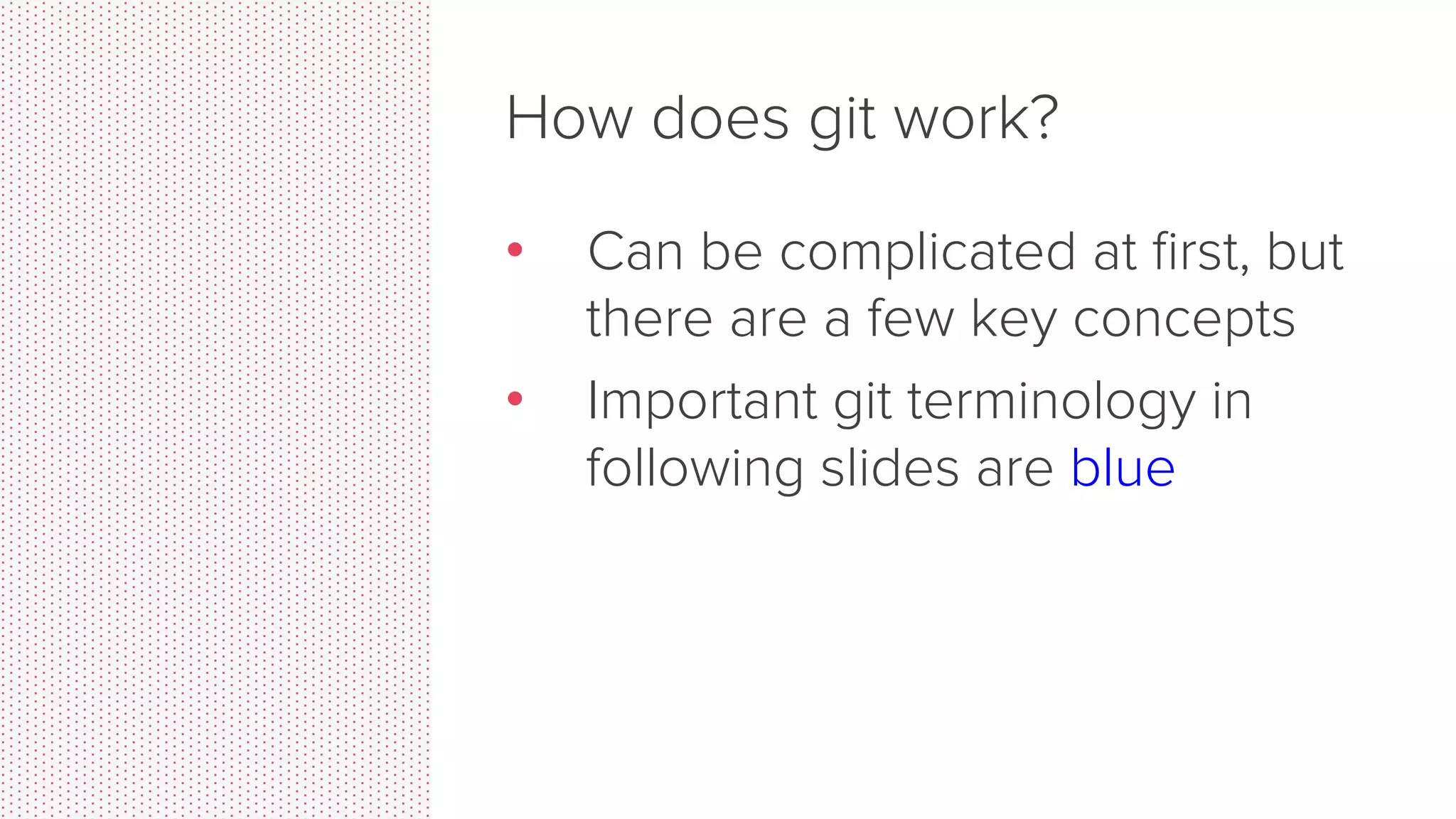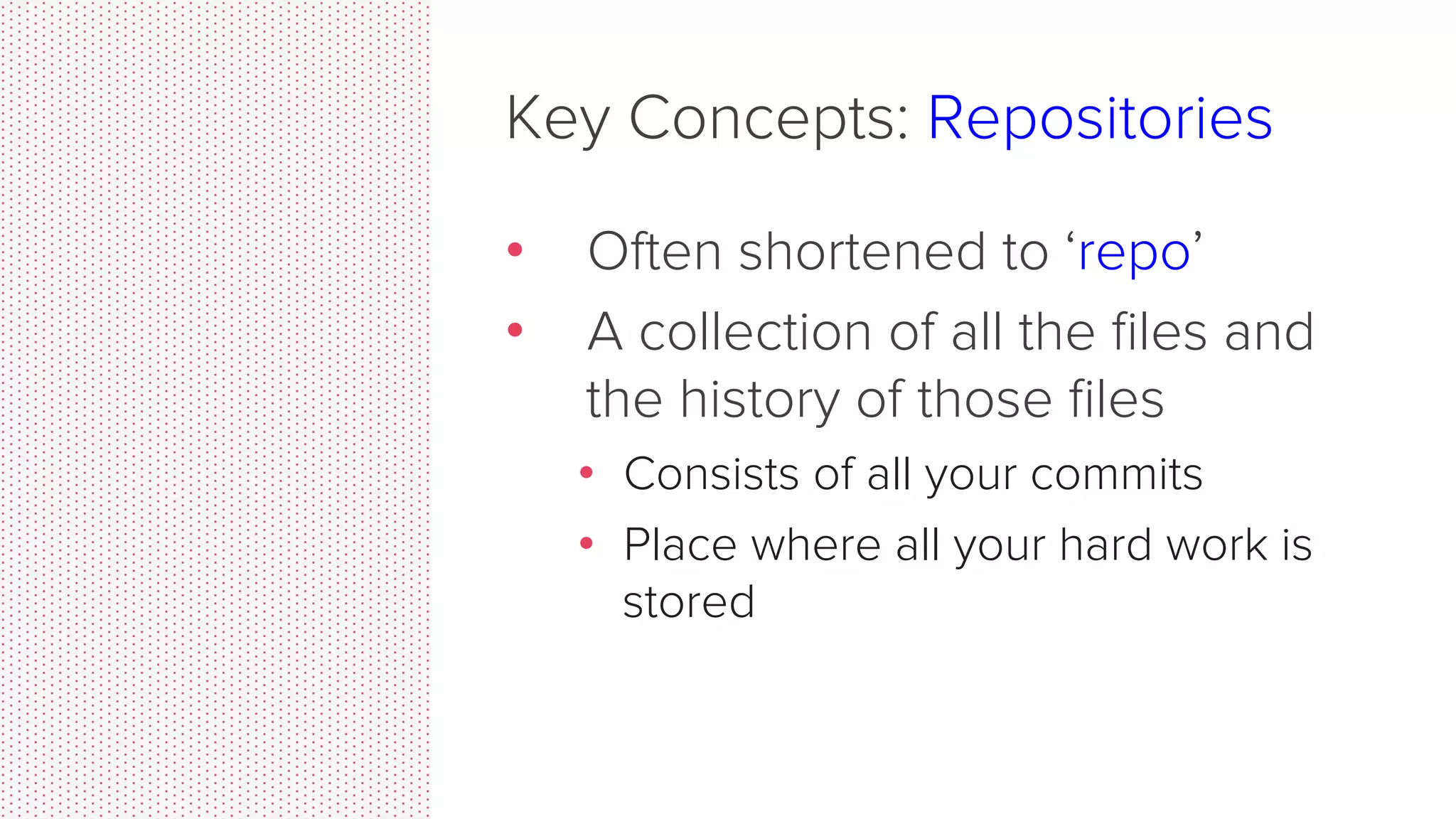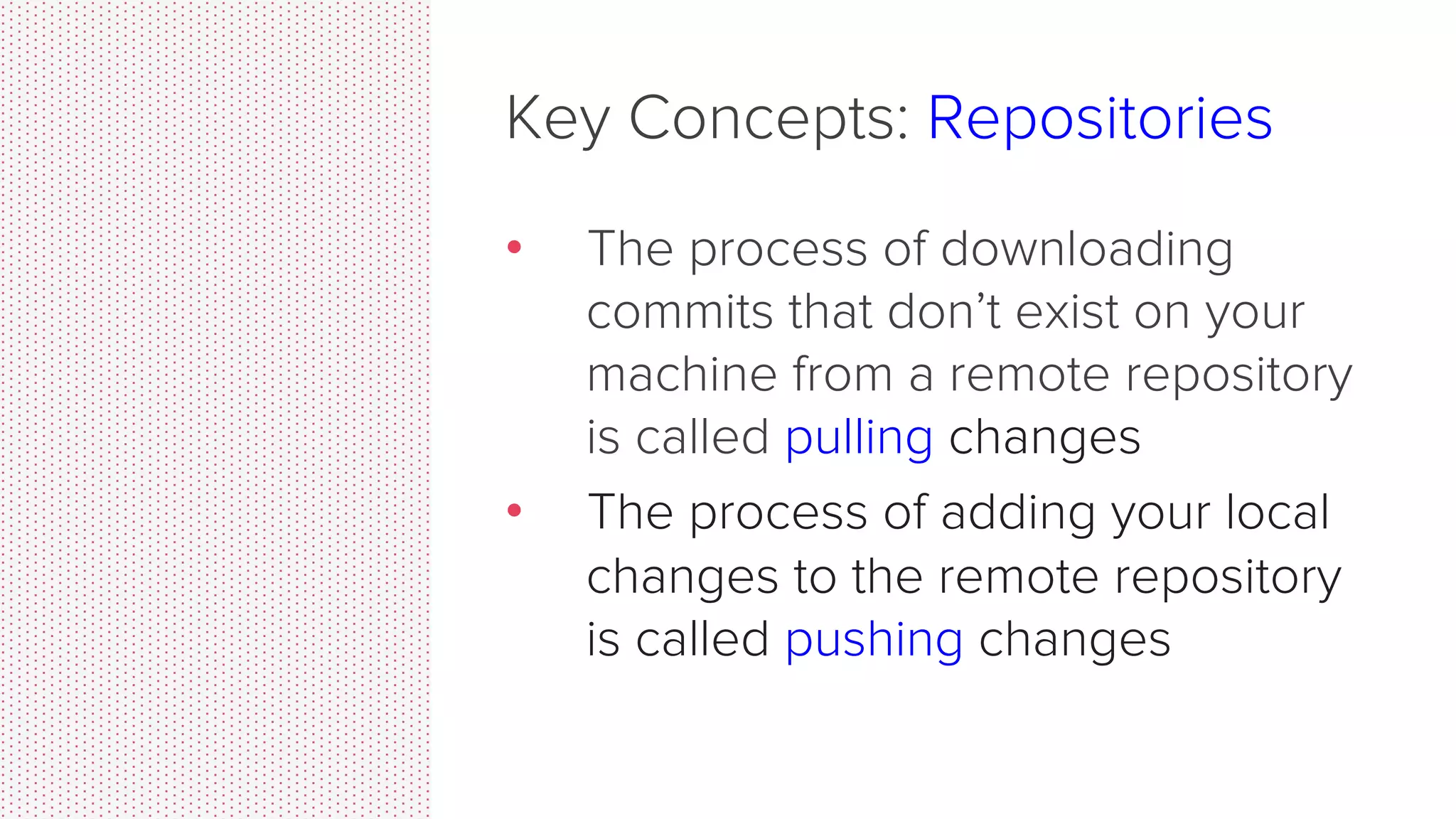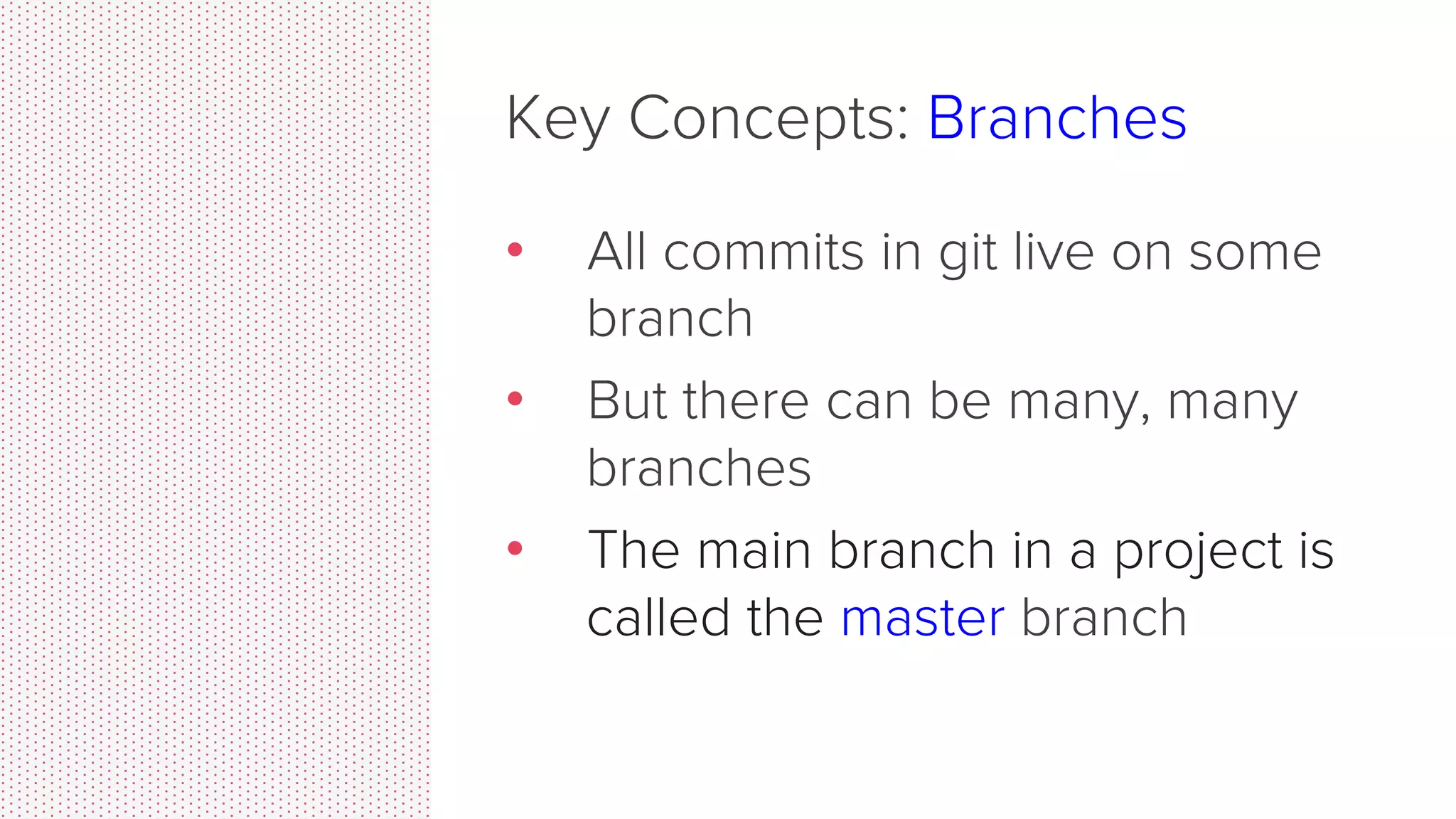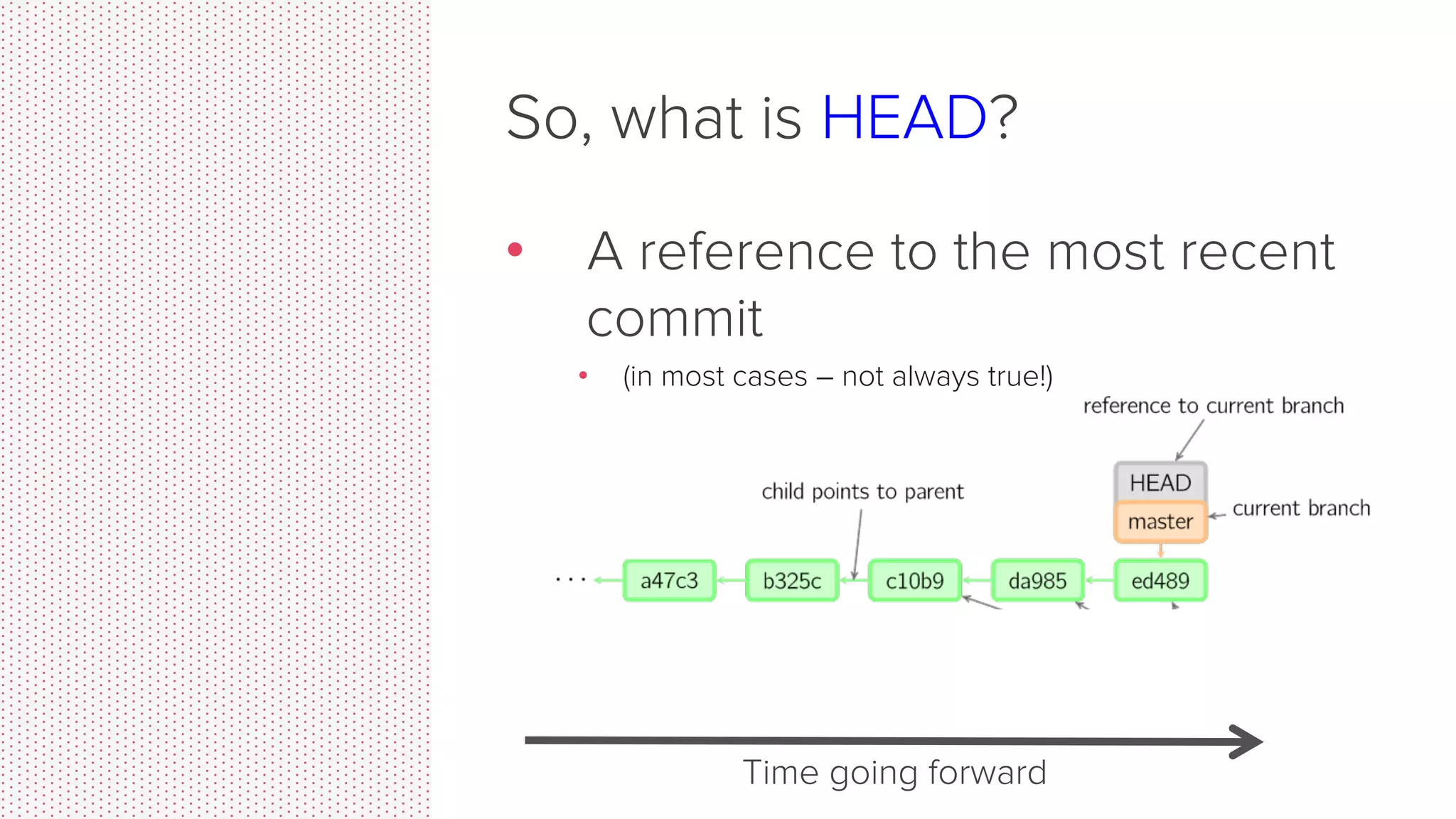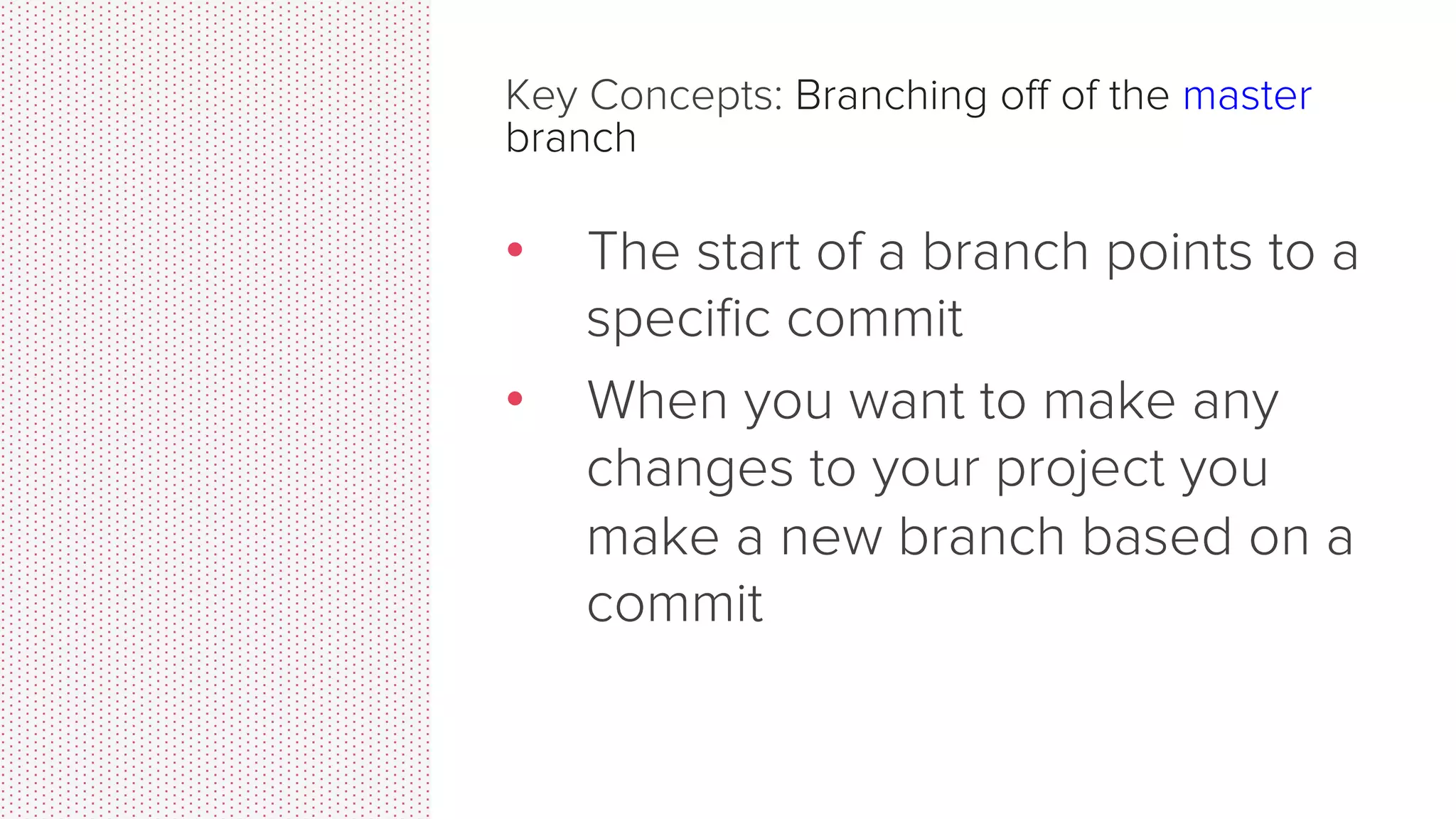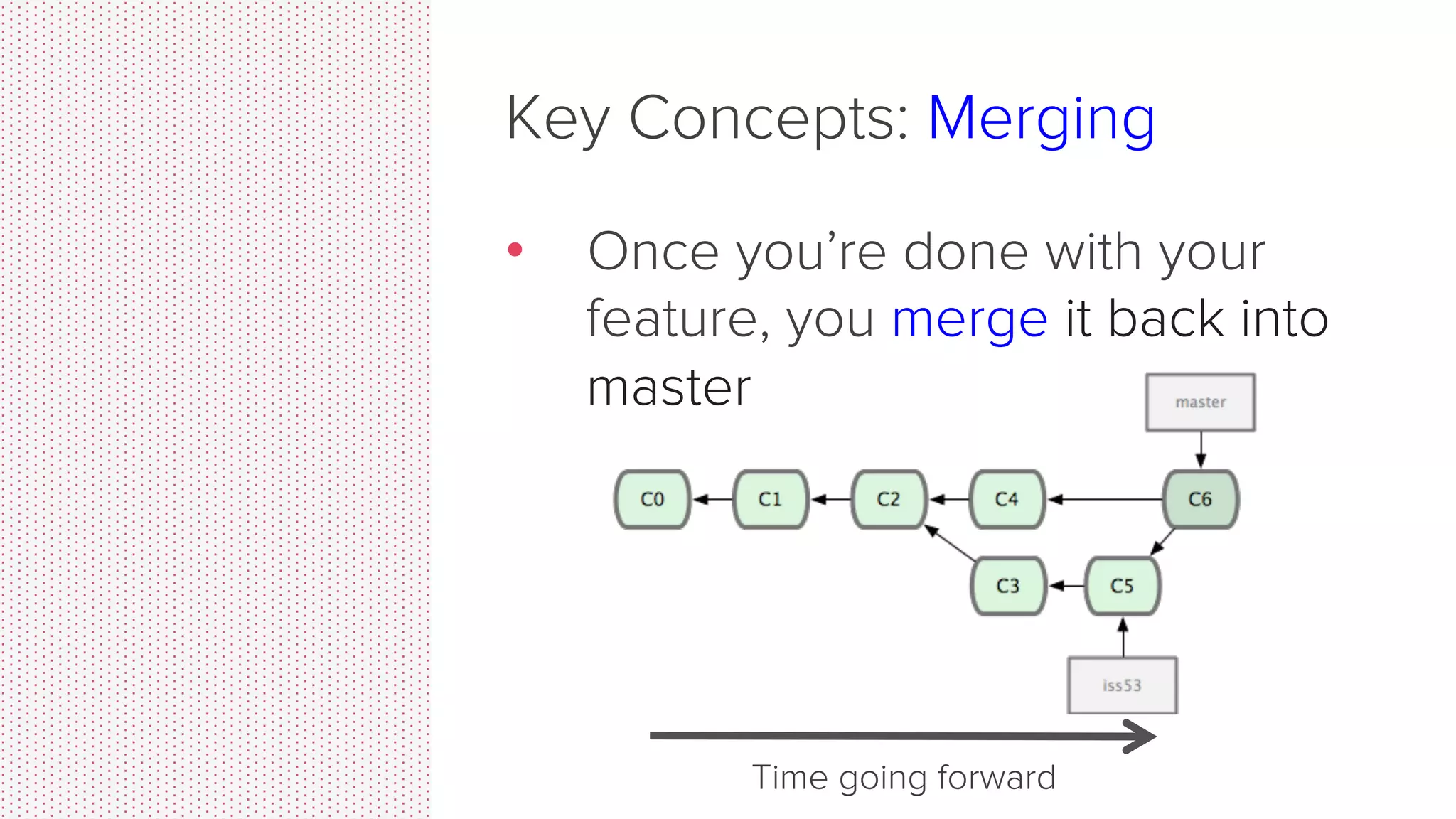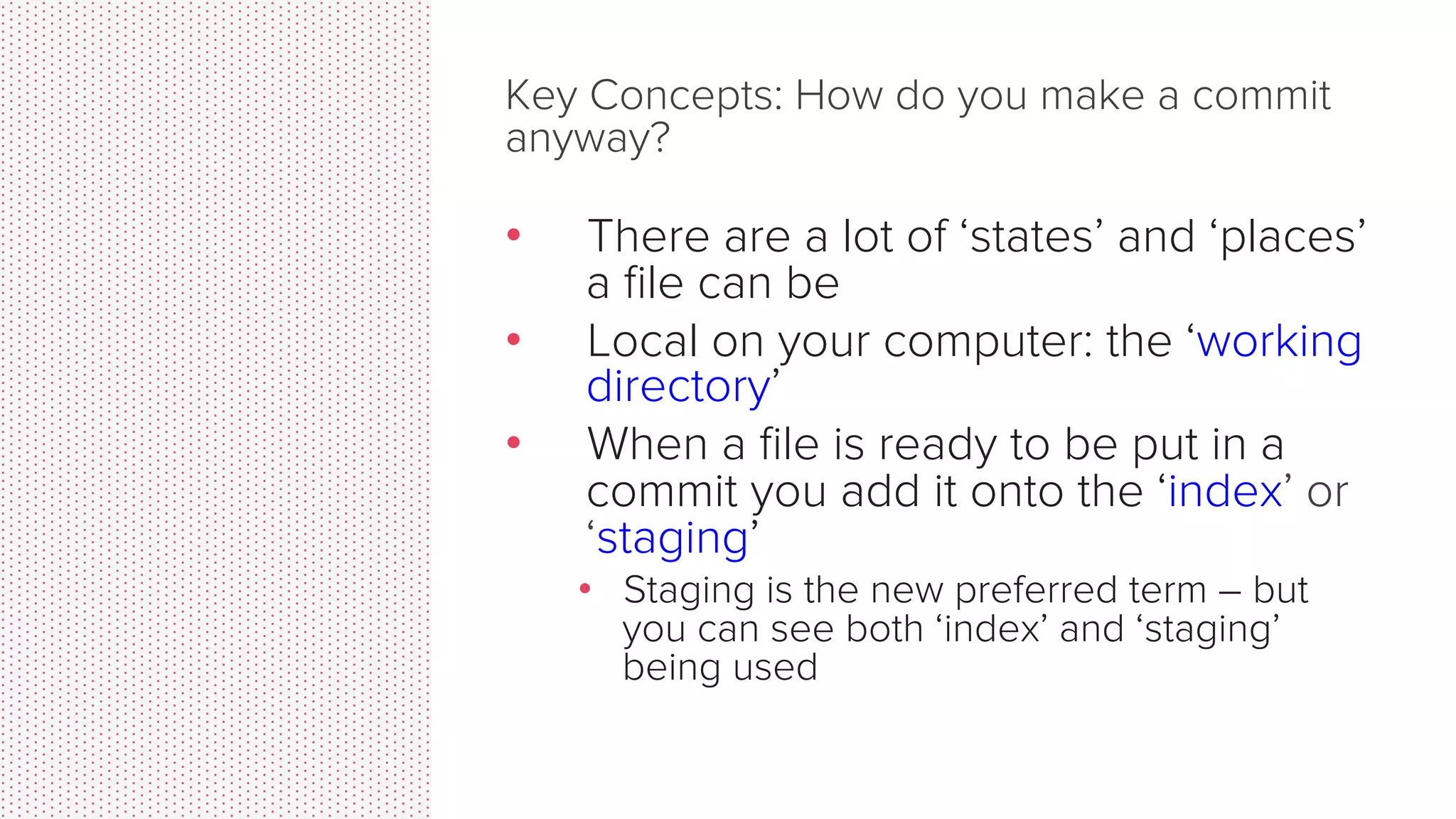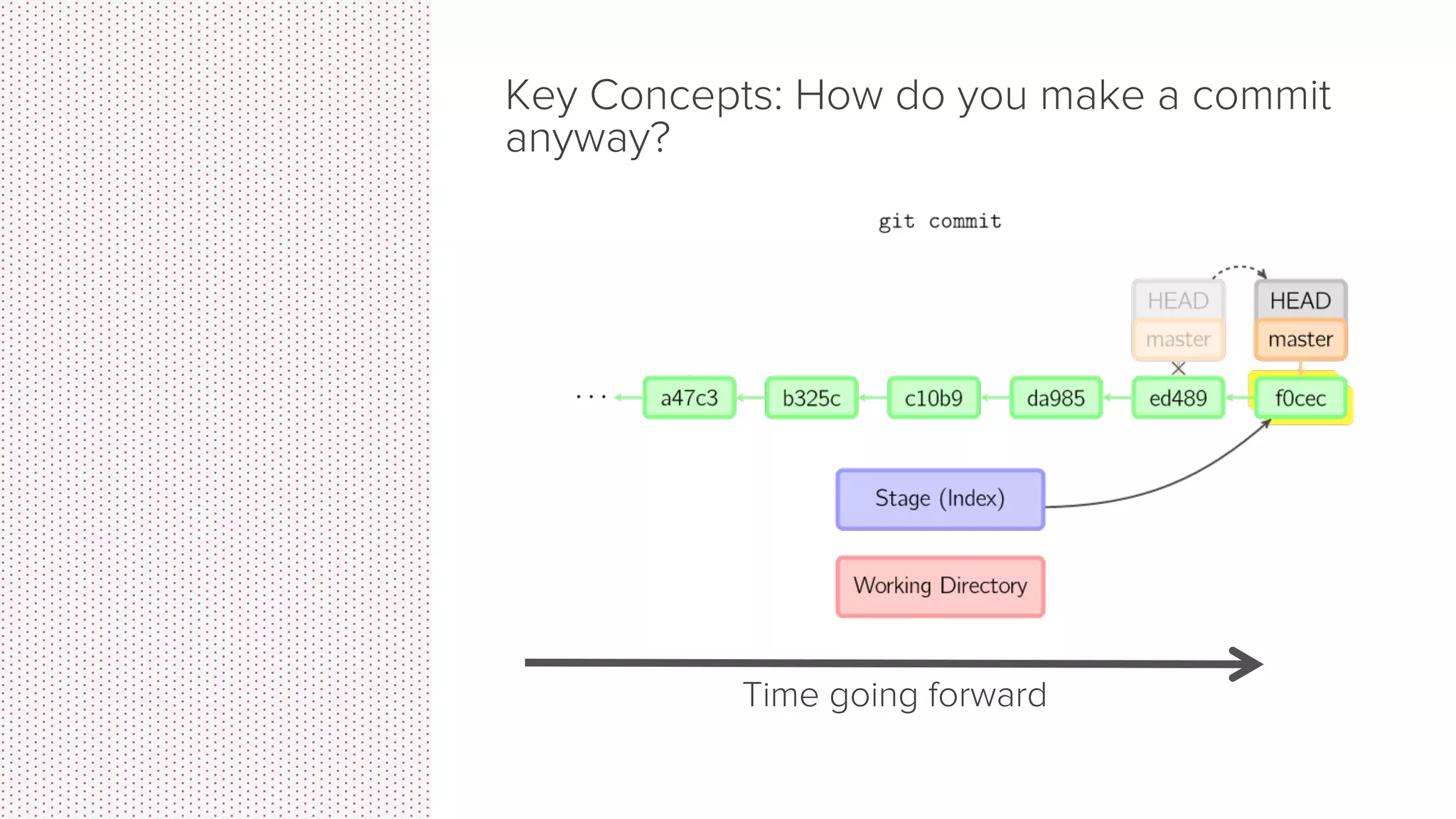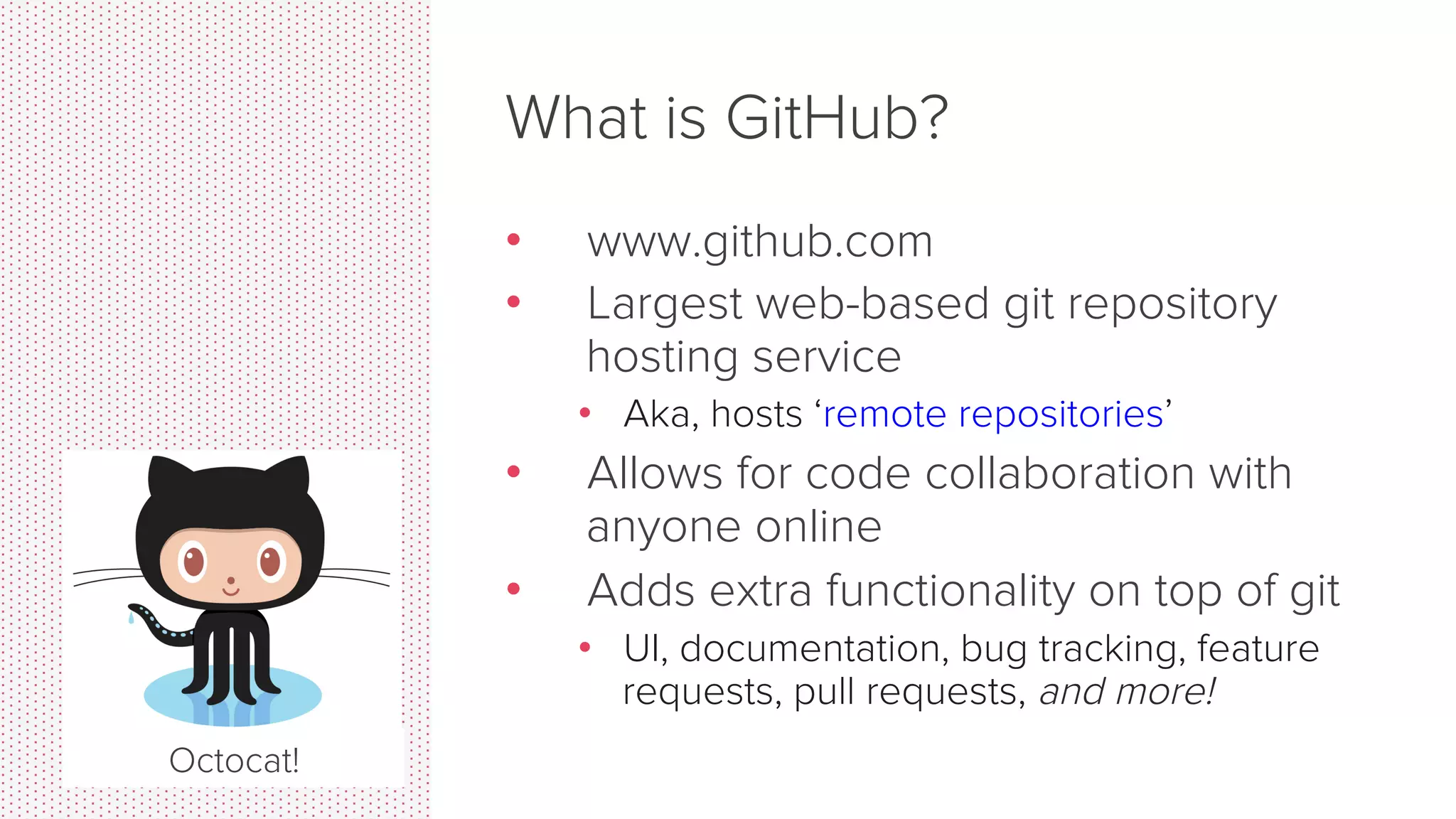This document provides a comprehensive overview of Git and GitHub, starting with installation instructions and explaining version control, Git's functionality, and how it works, including key concepts like snapshots, commits, repositories, branches, and merging. It highlights GitHub as a web-based hosting service for Git repositories to facilitate online collaboration. Additionally, the document includes links to resources for further learning about Git and GitHub.
